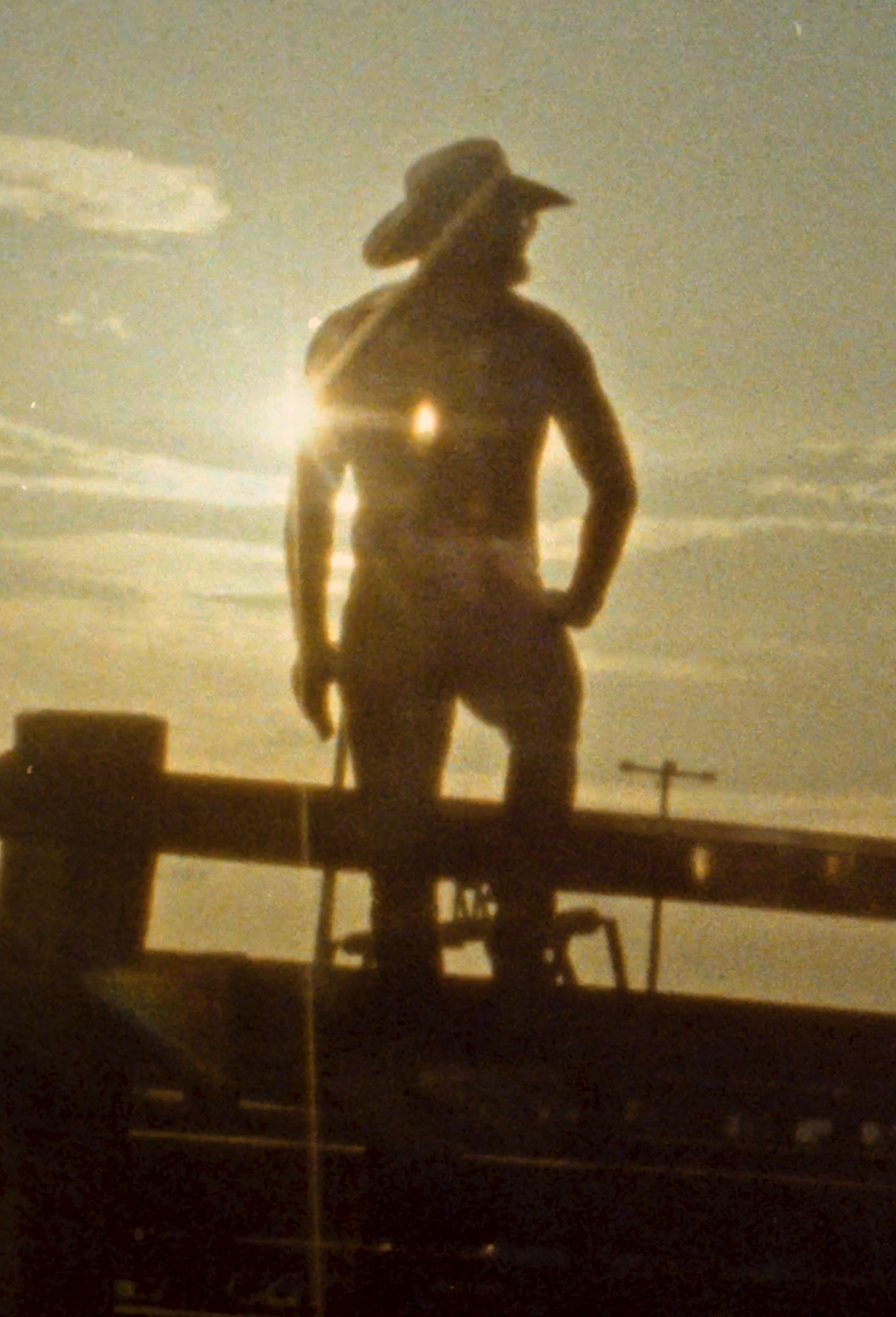In a world dominated by deeply rooted traditions and ancient codes of conduct, masculinity takes on delicate forms, visible in everyday gestures and in the silence of bodies. It is a universe that often escapes the common gaze, made up of stereotypes where being a man means only strength and toughness. The project proposes to observe this world closely, filtered through the experience and attentive eye of a woman, ready to read between the lines of a rural culture that speaks of men, work and tradition.
The video offers a portrait of masculinity in the cowboy context of rural Brazil, deeply linked to traditions and gender roles. ‘What does masculinity look like when seen through a woman’s eyes?’ is what made the journey start. Guiding us through the film is the male voice of Ryland Bouchard, an American filmmaker and musician, who seems to describe the traditional duties that a man must fulfil: ‘…to seal horses, to ride them with no fear…not to dream, but to build.’
There is no woman in sight, the feminine eye is entrusted to the audience. As the director Laìs Sambugaro says: ‘The film reflects my experience as a woman immersed in a predominantly male, rural world (…). Many times, I was the only woman in the room. (…) There were moments of miscommunication and misunderstanding, and questions of gender often became the most visible tension.’ So then we admire and analyse habitual gestures, but with a different, attentive eye. This portrait stems from the director’s need to study and understand men and their thoughts. Apart from the few wives and cooks present in her reality, studying men was all she had left to do.
The choice of grain and Super8 filming, curated by João Pedro Dentello, is not only a stylistic choice, but a real tool through which Sambugaro articulates her vision of masculinity. The grainy film and the blurred images, introduce a sense of distance, reflecting the difficulty of fully penetrating the male world that the director observes. Everything appears indistinct and partial, we cannot fully understand what the men feel or think. The figures thus become abstract, without names or specific roles, distant but at the same time vulnerable. This aesthetic not only accompanies the viewer in the experience of observation, but becomes its conceptual heart: creative vision and concept merge, transforming the film into a visual study of masculinity, where detachment and blurring do not hide but reveal the emotional and cultural complexity of the subjects.
In My Father’s Eyes is a portrait of a culture, of a rural Brazilian population steeped in traditions and burdens that have been carried on for generations. Sambugaro offers us a delicate and profound interpretation of this world through the female eye, showing admiration for their strength and dedication, but also for their sensitivity. The film highlights and reveals to the world the hidden complexity of masculinity.
